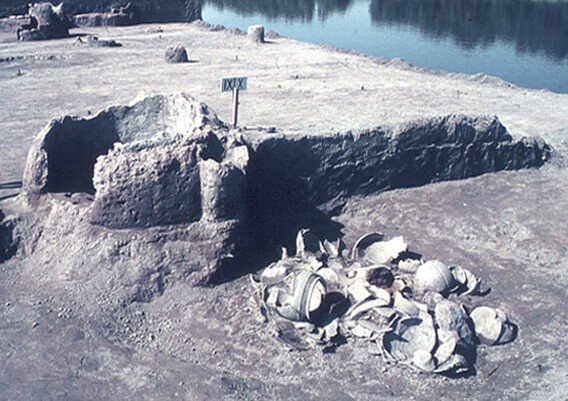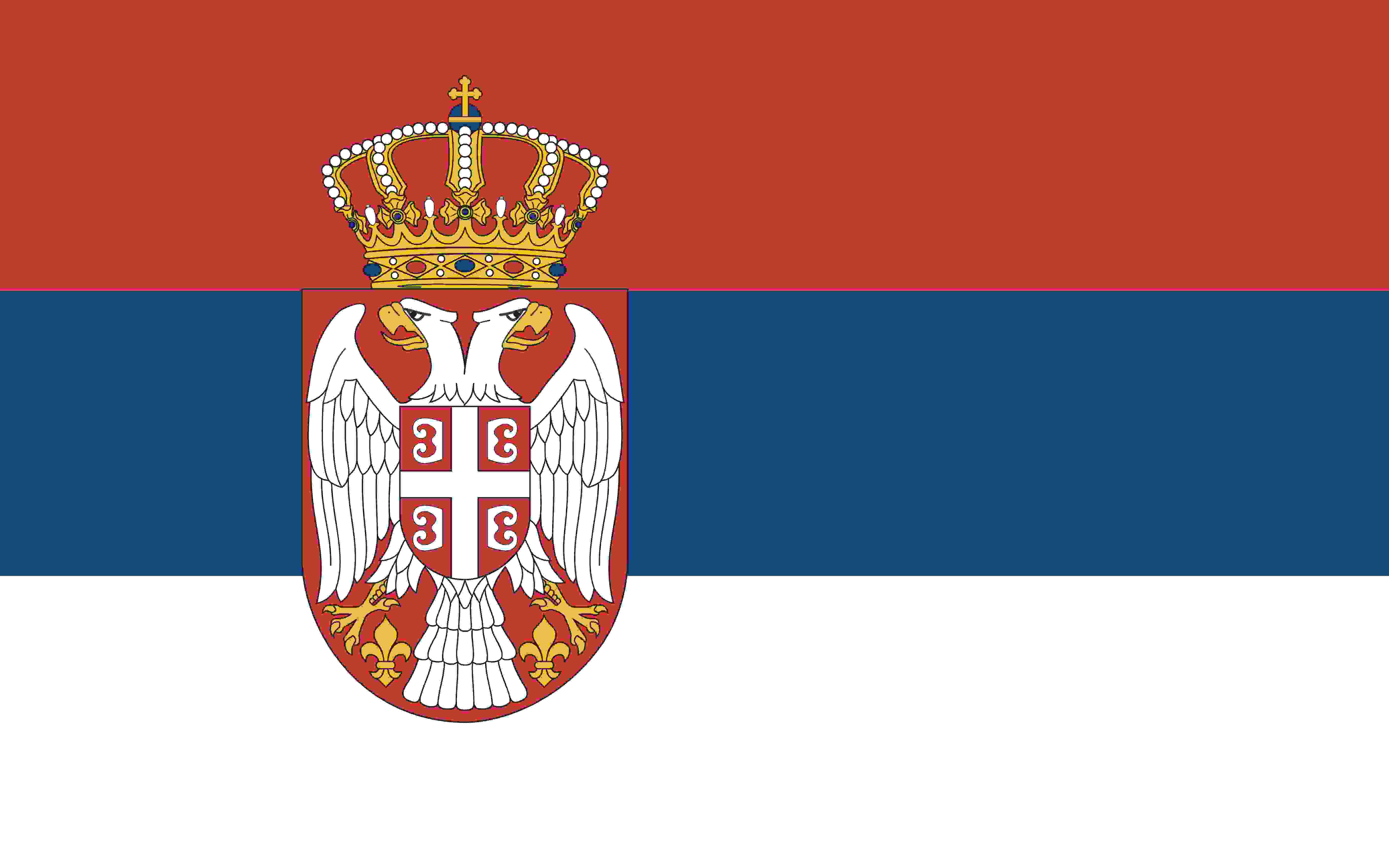
Gomolava
Gomolava is a world known archaeological site on the outskirts of Hrtkovac on the west bank of Sava, with a wealth of diverse findings, through several different layers, testifies about human life in this area since prehistorical times. At the end of 19th century first archaeological material was gathered and first professional digs were made in 1904. Because of very favourable geographical position Gomolava was very important center for Podunavlje, Karpat pool and Southeastern Europe for few thousand years. Huge Roman necropolis was discovered at the bottom of Gomolava, there are also evidence of Romans in this area because of rustic villa. Most of the findings is held in Museum of Vojvodina in Novi Sad, but smaller part is displayed in Native museum in Ruma. Even though it is under the protection of the country, Gomolava is known as "city that dissapears" because of endargement from river Sava.

Basijana
Basijana is an archaeological finding from Roman period which is located near the road, near the village of Donji Petrovci. It is a Roman fort, which has expanded into city area, it was biggest in Srem after Sirmium. Unfortunately, Basijana is not sufficiently explored, so it can be seen only from air.

Adzas fields
New archaeological finding "Adzas fields Brajkovo 2" in the village of Klenak, which testifies of 8000 years living in these areas, it was established in 2022. Human life at the location are dated to all ages. It is the size of 56000 square meters and it is one of the most important findings in history of Serbia. Findings that are explored are from stone age, copper age, iron age, Celtic and Roman civilizations, everything up to this day. Digs are made at the highway Loznica - Ruma. One of the most interesting findings are beehives that are date between 6300 and 5350 BC. That is the proof that Srem was the cradle of beekeeping 8000 years ago. Many houses from Vinca culture have been found. "Adzas fields" are becoming the third biggest mystery finding about Vinca necropoles. 5 kilometers from this place Gomolava is located, which proves the riches of the area Curiosity that stands out are severed human heads from copper age, which are ritualy stored there, findings of Celtic culture and unique ceramic kilns. There is also economic complex for grain processing and loading from Roman period, which is unfortunately destroyed by the ravages of time.

 English
English